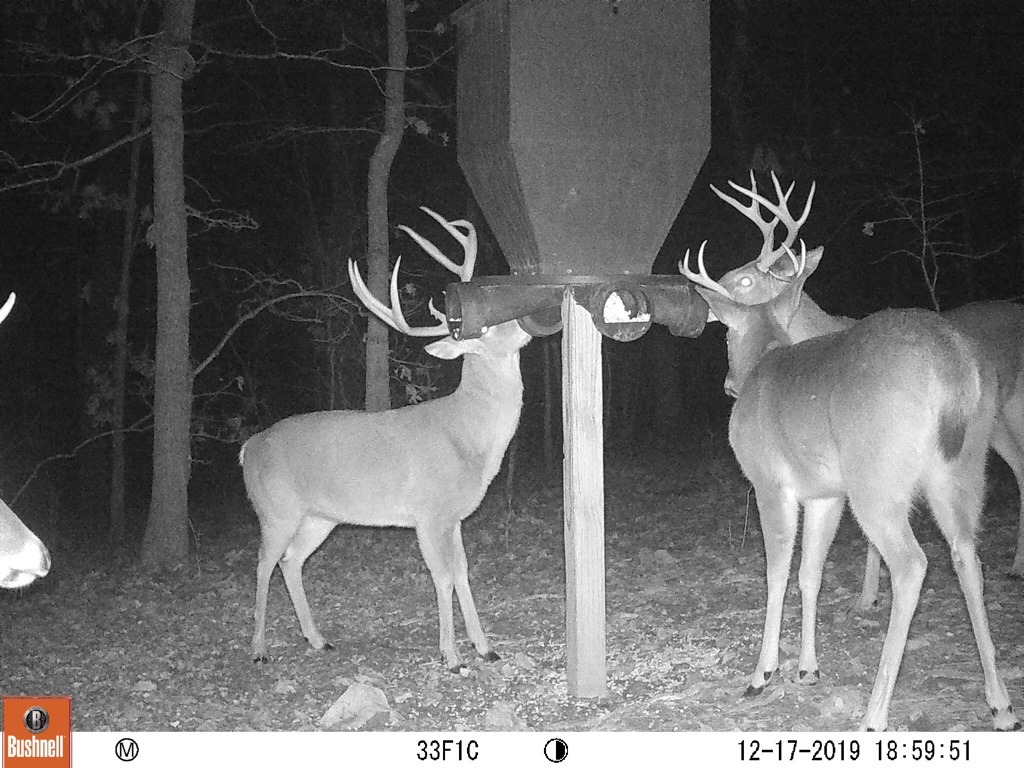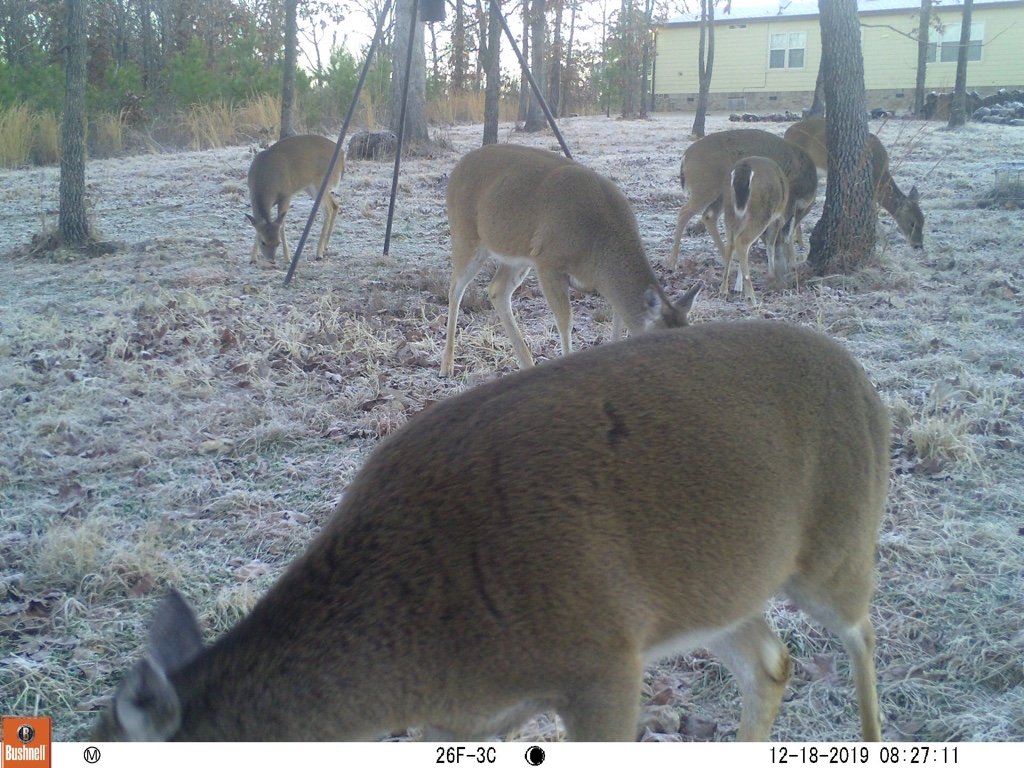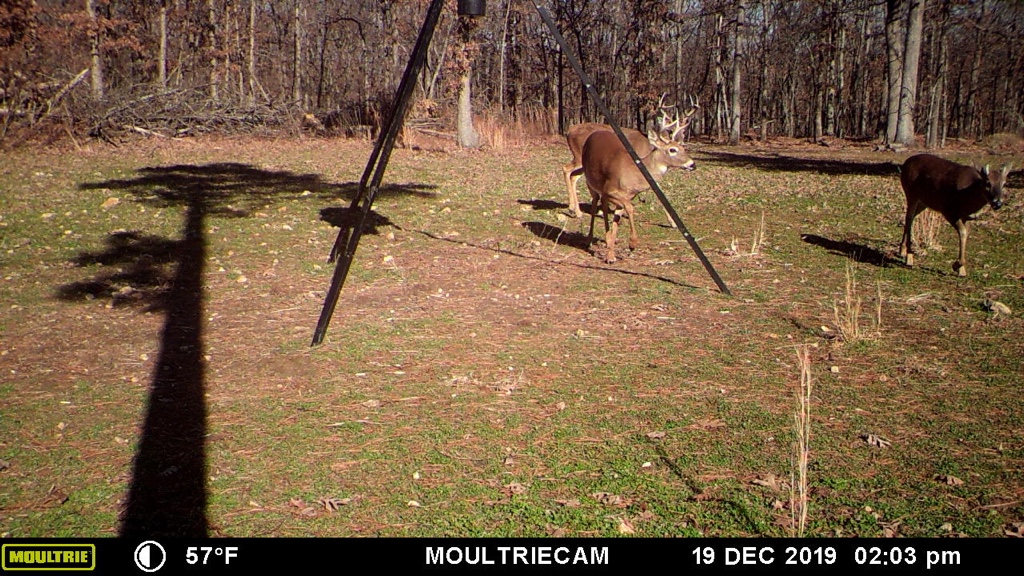Deer Stuffer
New Member
What are your thoughts about putting out deer corn and also hunting over deer corn?
Also what kind of effect does it have on deer to have a steady diet of corn for three months then when done hunting December/January the corn instantly stops?
Let me say up front that yes I hunt over a corn pile. It is legal in Oklahoma. I do not own my own land to hunt on. I hunt three different properties of private land. I only have bow hunting permission. Cows are on two of the larger properties.
A 290 acre property (rural with cows)
A 190 acre property (city limits with cows)
A 39 acre property (city limits, no cows)
Since I don't own it I can't do land improvents, create bedding, hinge cutting, food plots, etc. I'm not making excuses for hunting over corn, I just like have deer close and want to give myself every legal advantage. I WANT TO KILL DEER! Sorry for text yelling. I only target mature bucks. I don't kill a buck every year. Some properties I only get one chance the entire season. Some properties season goes by with zero shots. One property I've never killed a doe on the other two very few does shot and none in 3 or 4 years because I really don't think there are very many. I actually believe there are more bucks than does on these properties judging by camera inventory. This post isn't meant to bash corn hunters as I am one. Just want to hear different thoughts and I honestly want to know pros and cons about corn.
Also what kind of effect does it have on deer to have a steady diet of corn for three months then when done hunting December/January the corn instantly stops?
Let me say up front that yes I hunt over a corn pile. It is legal in Oklahoma. I do not own my own land to hunt on. I hunt three different properties of private land. I only have bow hunting permission. Cows are on two of the larger properties.
A 290 acre property (rural with cows)
A 190 acre property (city limits with cows)
A 39 acre property (city limits, no cows)
Since I don't own it I can't do land improvents, create bedding, hinge cutting, food plots, etc. I'm not making excuses for hunting over corn, I just like have deer close and want to give myself every legal advantage. I WANT TO KILL DEER! Sorry for text yelling. I only target mature bucks. I don't kill a buck every year. Some properties I only get one chance the entire season. Some properties season goes by with zero shots. One property I've never killed a doe on the other two very few does shot and none in 3 or 4 years because I really don't think there are very many. I actually believe there are more bucks than does on these properties judging by camera inventory. This post isn't meant to bash corn hunters as I am one. Just want to hear different thoughts and I honestly want to know pros and cons about corn.




